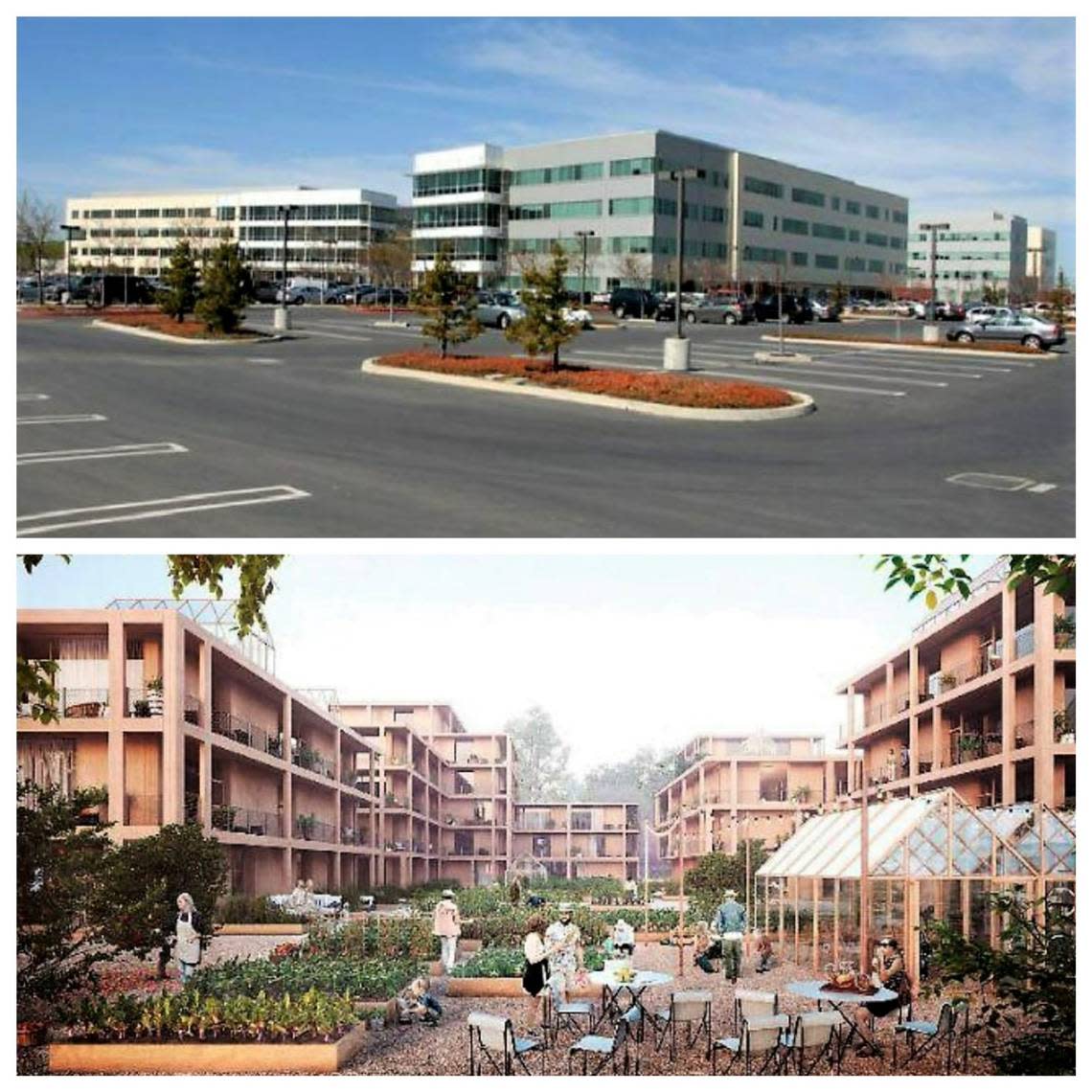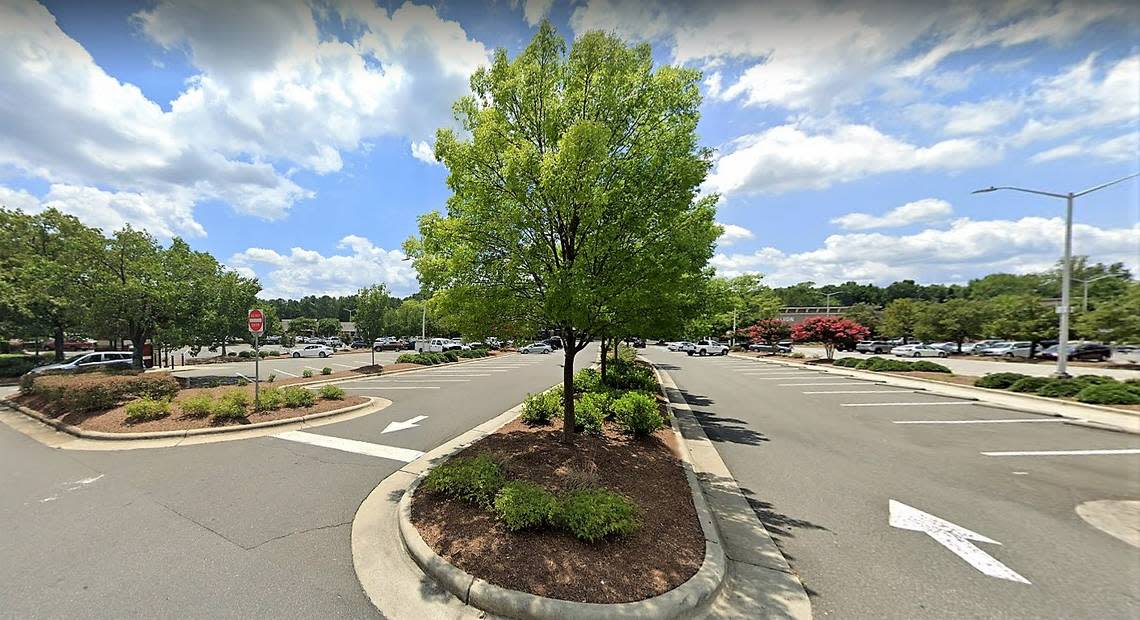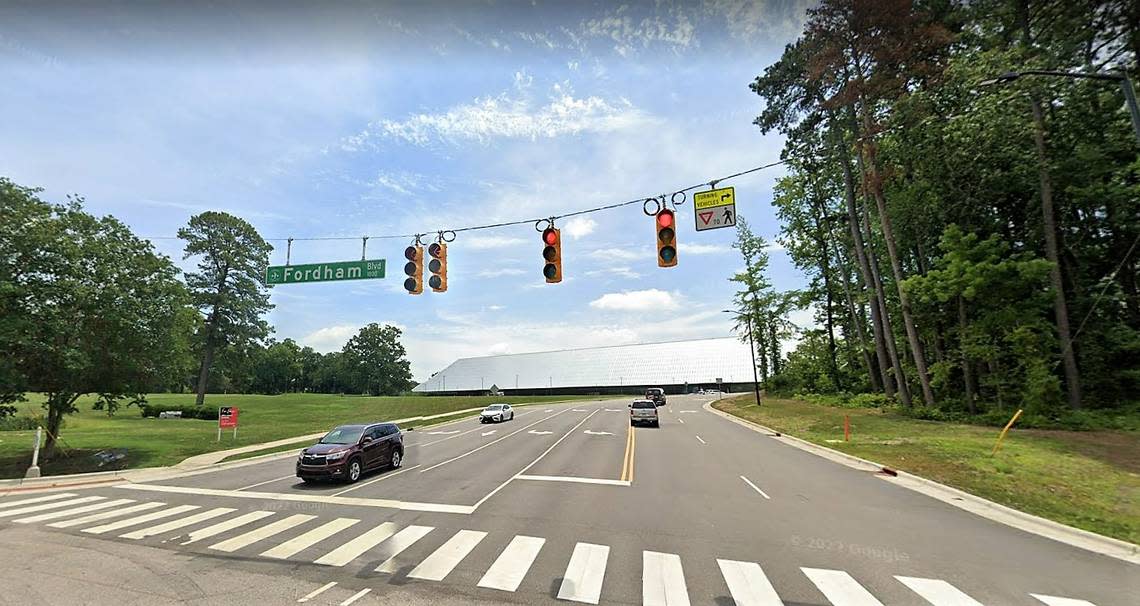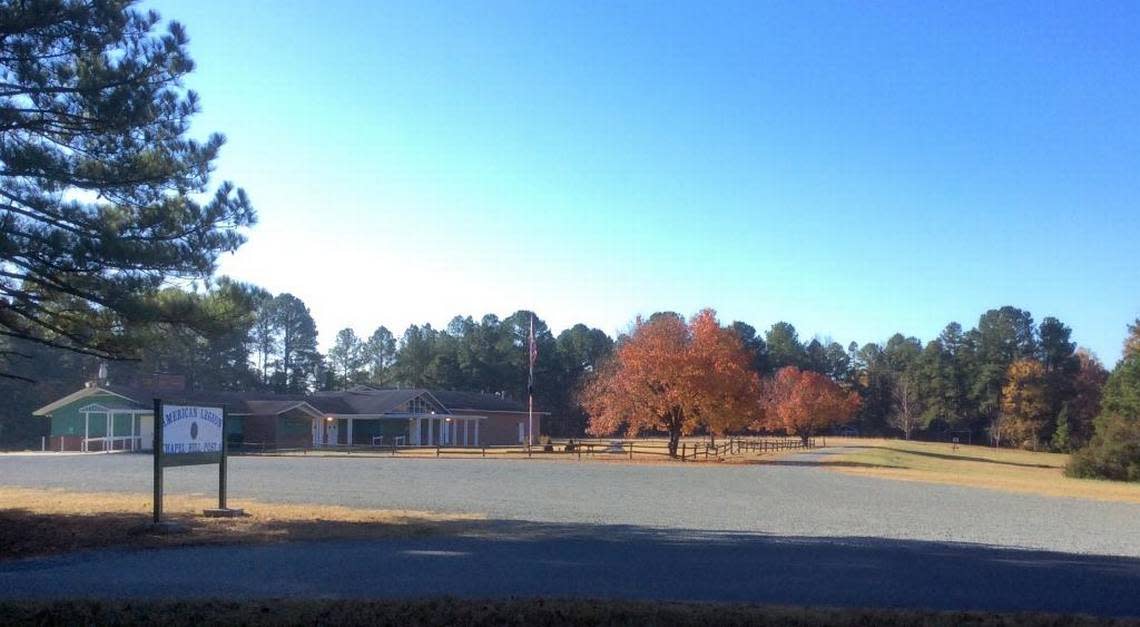Can Chapel Hill do a better job growing green? Here’s how, top Canadian planner says.
Federal money for greenways and a pilot development project or two could help Chapel Hill try new ways tobuild a thriving, dense community, a consultant told town leaders.
The Town Council reviewed roughly a dozen Complete Community projects Wednesday night before settling on at least one and narrowing the list of others ahead of a vote next week.
The new Complete Community strategy is meant to guide growth in a way that is sustainable and inclusive, less reliant on cars and within walking distance of where people live.
The idea is not new to Chapel Hill, where councils and residents have been talking about the kind of density that is appropriate for over 20 years. Previous conversations led to the creation of the Blue Hill District form-based code and to taller buildings downtown.
But what Chapel Hill has not considered, and what could be the backbone of a Complete Community strategy, is expanding its greenway connections, said Jennifer Keesmaat, with the Keesmaat Group and former chief planner in Toronto, Canada.
Keesmaat and other consultants have been working with town staff since June to get input about how and where Chapel Hill’s growth should happen. On Wednesday, she presented a list of potential pilot projects.
The council could vote to move forward with one or two pilot projects on Wednesday, Dec. 7..

Chapel Hill hard truths, new strategies
One of the hard truths about Chapel Hill is that it’s an exclusive community, despite its desire to be progressive and inclusive, Keesmaat said.
The pilot projects will show the town’s commitment to change, and as a result, could bring more dense development to Chapel Hill and make it a leading net zero-energy community, she said.
“There’s something we need to overcome in Chapel Hill, which is this idea that growth sometimes goes against being green, but in fact, you can become greener as you grow,” Keesmaat said.
The Complete Community policy framework has four goals:
▪ Focus on the town’s assets: the natural landscape, tree canopy and greenways, UNC’s presence, and a diverse and educated workforce
▪ Incorporate desirable design attributes: walkable streets with human-scale buildings; spaces that are friendly to children and seniors, environmentally sustainable and transit oriented
▪ Highlight programs and amenities: education and work opportunities; local food and retail; research and development; opportunities to live, play and work
▪ Seek social equity in affordable, diverse housing; access to homeownership, transportation, and parks and green spaces

Timberlyne, Legion and The Parkline
The council unanimously supported one pilot project Wednesday that would seek millions of dollars in federal funding to fill gaps in the town’s greenways system and expand it into other neighborhoods.
The other proposed pilot projects generated a lively discussion about which could be implemented quickly and whether one key but controversial project was a good fit.
The council quickly settled on a shorter-term project, redeveloping the UNC-owned offices on Martin Luther King Jr. Boulevard, uphill from the Root Cellar cafe and the Midtown Market shopping center. UNC wants to sell but could join the town in planning a shovel-ready development project that meets the Complete Community goals. The next owner could build the project.
Other potential pilot projects appealed to the council but would take longer, including a redevelopment plan for The Parkline office campus and surrounding land on U.S. 15-501 or for the Timberlyne Shopping Center on Weaver Dairy Road in northern Chapel Hill. That project would create an affordable housing plan for the mobile home park across the street.

Council members leaned toward The Parkline, a mostly undeveloped 36-acre track owned by the State Employees Credit Union. Private developers have offered to buy 21 acres and are willing to work with the town, said Dwight Bassett, the town’s director of economic development and parking services.
Interest in the Timberlyne area was tempered by concerns for mobile home residents, who risk being displaced by future development, and by questions about the shopping center owner’s desire to redevelop.
Council member Paris Miller-Foushee suggested a third project that was on the list but not ranked because, Keesmaat said, “it’s so contentious and it would be a hard start.” That project involves the 36-acre former American Legion Post site, which the town is currently considering for a future park or a park plus affordable housing.
That’s disappointing, Miller-Foushee said.
“I really think the Legion property would be a real viable way forward for a private project,” she said. “It would be done quickly, it checks all of the boxes, and it would really fit within our Complete Communities framework, and so I really want to have a conversation about that.”

Council member Tai Huynh also liked the Legion project, but suggested the town find out which of the three proposed efforts has the strongest commitment from its potential partners. Checking the U.S. Census data, to see who lives near each project, also could help ensure social equity, he added, and the Timberlyne plan could put more onus on creating an affordable housing plan.
The town would have to wait more than a year to get started at Legion, because it will take at least that long for the pond to be drained and decisions made about its future, Mayor Pam Hemminger said. Getting people excited about the Complete Community process is also important, she said.
The town “didn’t want the whole concept to die on the vine,” Hemminger said.
A key point, Council member Michael Parker pointed out, is that Complete Community isn’t just about one or two pilot projects.
“I think it’s important to communicate that whatever we choose here is just the first example, but … that’s how we want to do development in Chapel Hill going forward essentially forever, so we’re just picking a couple to demonstrate to the community,” he said. “It doesn’t mean that if we do Parkline, North Chapel Hill will be a mess.”
Next steps and key decisions
After the council’s Dec. 7 meeting, work drafting the new Complete Community policy will continue, while the town and consultants start getting into the details of the pilot projects with its partners. Future steps also include:
▪ Adopting the Complete Community framework as a city-building tool and keeping the public informed about how it’s implemented
▪ Encouraging denser construction in existing neighborhoods. Meadowmont, for instance, has big parking lots that could be redeveloped, Keesmaat said, and residential areas could become more inclusive with more affordable duplexes, triplexes and quads.
▪ Aiming for 500 new homes a year and evaluating how the town is doing every five years, to accommodate market changes
The success of those steps will require continuing the momentum, Keesmaat said.
“If we can build some trust, and we can put some mechanisms in place, and we’re already testing what some of those mechanisms might do to bring some of the players who want to build on this vision to the table, that’s how change is going to happen,” she said. “It’s going to be a few people who line up and say, ‘Sign me up, I want to do what I can do.’”
